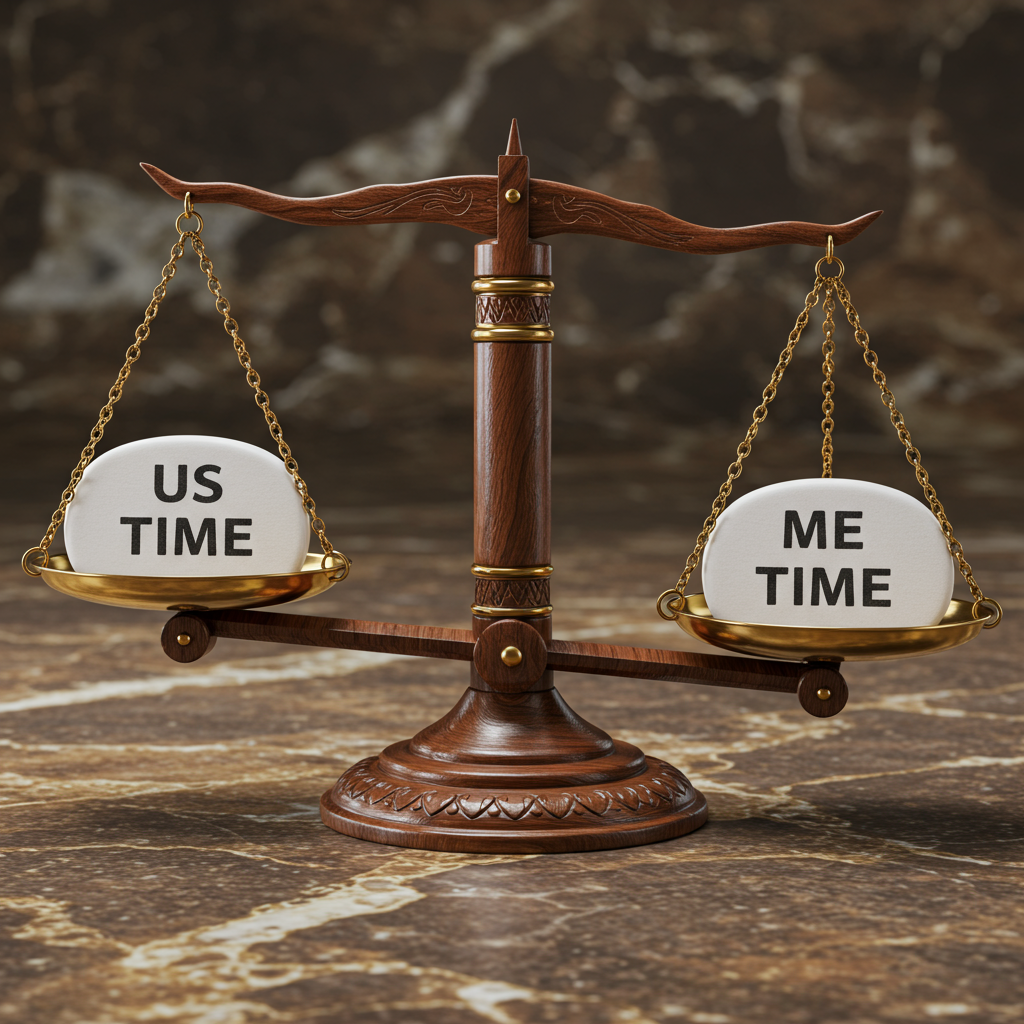
Navigating the delicate dance between individual needs and shared experiences is crucial for a thriving relationship. Too much “us” time can lead to feelings of suffocation, while excessive “me” time can breed disconnection. This article delves into the essential art of balancing “us” and “me” time to cultivate a healthy, fulfilling partnership.
Understanding the importance of both shared and individual time is the first step. “Us” time strengthens the bond, fostering intimacy and shared memories. Think date nights, weekend getaways, or simply cuddling on the couch with a movie. These moments create a sense of togetherness, reminding you why you chose each other in the first place.
However, neglecting personal pursuits can erode your sense of self. “Me” time allows you to recharge, pursue hobbies, and maintain individual identities. This could involve anything from hitting the gym to indulging in a quiet evening with a good book. When you prioritize your individual well-being, you bring a more fulfilled and energized self back to the relationship.
Finding the right balance requires open communication and mutual respect. Discuss your needs and preferences with your partner. Perhaps one of you craves more social interaction while the other needs quiet solitude. Understanding these differences allows you to create a schedule that honors both individual and shared needs. Flexibility is also key. Life throws curveballs, and sometimes “us” time needs to take precedence, while other times, individual needs must come first. The ability to adapt and compromise is essential.
One practical strategy is to schedule “me” time just as you would a date night. Blocking out specific times for individual pursuits ensures they don’t get lost in the shuffle of daily life. Another approach is to find activities you can enjoy together while still maintaining a sense of individuality. Perhaps you both enjoy hiking, but one prefers a challenging uphill climb while the other enjoys a leisurely stroll. Finding ways to blend individual preferences within shared activities strengthens the bond while respecting personal needs.
Ultimately, the “us” and “me” time balance is a dynamic process, constantly evolving as your relationship grows. By prioritizing open communication, mutual respect, and a willingness to adapt, you can create a harmonious partnership where both individual and shared needs are met, fostering a relationship that is both fulfilling and sustainable.
Consider this: what small step can you take today to better balance your “us” and “me” time? The answer may surprise you and unlock a new level of connection in your relationship.



